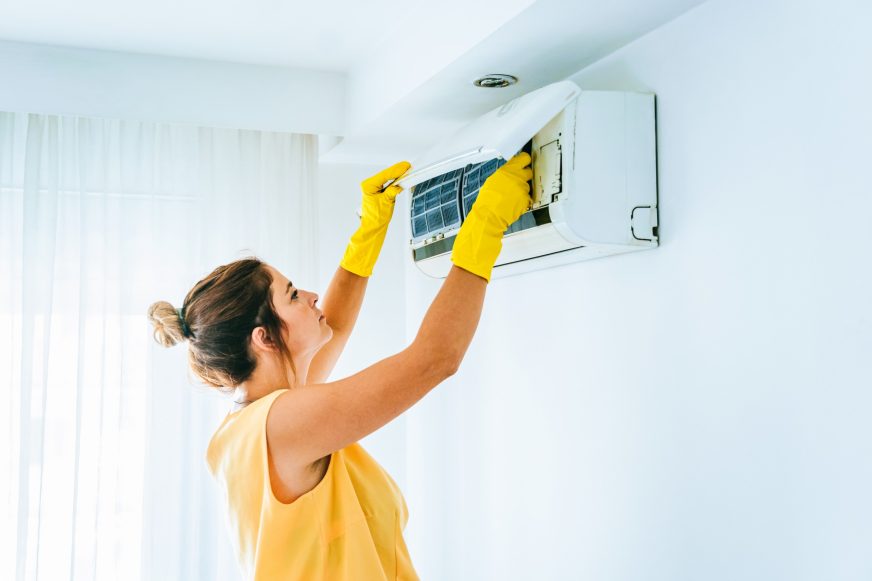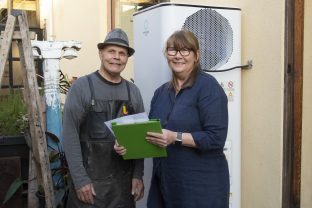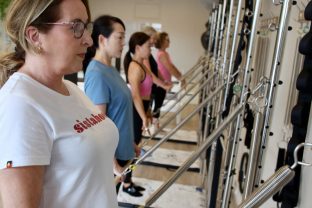What you can do to minimise energy use in your home
Reducing energy use in your home doesn’t need to cost money and its rarely just one thing that needs to be ‘fixed’ to reduce your homes energy use. Its often a few simple ‘tweaks’ that can make a difference. So we’ve put together a list of zero cost energy efficiency tips for you to help reduce your energy costs.
Top tip – Always check your energy rates twice a year. Energy tariffs usually change in January and June/July of each year. Its good practice to get online around that time to check you’re not paying more than you need to. Good sites to check energy costs on are Victorian Energy Compare, or Energy Made Easy websites. Both are government managed.
- Be sure to dress for the weather, kind of goes without saying but for completeness have added this in. Layer up or down as needed.
- Air dry clothes (outside if possible) instead of using a clothes dryer. If you need to use a dryer, air dry them as much as possible before using the dryer. If clothes are a little less wet when they go into the dryer, it takes less time and energy to dry them.
- On extremely cold (or hot) days, close window coverings and doors to unused spaces (especially bathroom and laundry areas). This helps create buffer zones in the home and reduces heat loss or gain into the home.
- In winter if the floor is cold, use floor rugs to reduce any drafts from floor boards and help contain warmth in the home. Remove them in summer.
- Adjust your heating and cooling temperature settings. Ideally winter settings should be around 20oC, and summer around 24oC.
- In summer, use a fan (cheap to buy and cheap to run) before turning on air conditioners. Then use the fan with the air conditioner. A fan provides up to 6 degree cooling effect on the skin, using that with an air conditioner set to 26 degrees, feels like 20 degrees and is a very efficient way to cool. For every 1 degree less the unit needs to cool you can save up to 10% energy use and cost.
- If using reverse cycle heating or cooling, close the area up to contain heating or cooling where you need it.
- Annually clean the internal reverse cycle and ducted heating / cooling vents. This can be a DIY job, keeps the unit running as efficiently as it can, and prolongs life of the unit so it lasts longer.
- Cooking – only fill kettles and saucepans to the level needed, use lids on the pans (and turn the temperature down a bit), use microwaves, air fryers or slow cookers in preference to a large oven, share the oven, prepare food before cooking and match burner and pot sizes to reduce energy waste.
- Run dishwashers on eco cycles and full loads, washing machines on cold cycles with full loads.
- Turn things off when not in use or needed. Especially that fridge in the garage that probably doesn’t get used all winter. Move contents into main fridge and turn it off, simply turn it on again when you need it. Keep the door ajar when its off.
- Got a pool? adjust filter times in winter to reduce run time, when heating the pool, use the pool cover to help retain heat in the water.
Hope that provides a few simple tips and tricks for you to keep the cost of energy in your home as low as possible.
If you’d like a detailed Scorecard Energy Efficiency Assessment or have any queries just contact us – we’re always happy to help.








